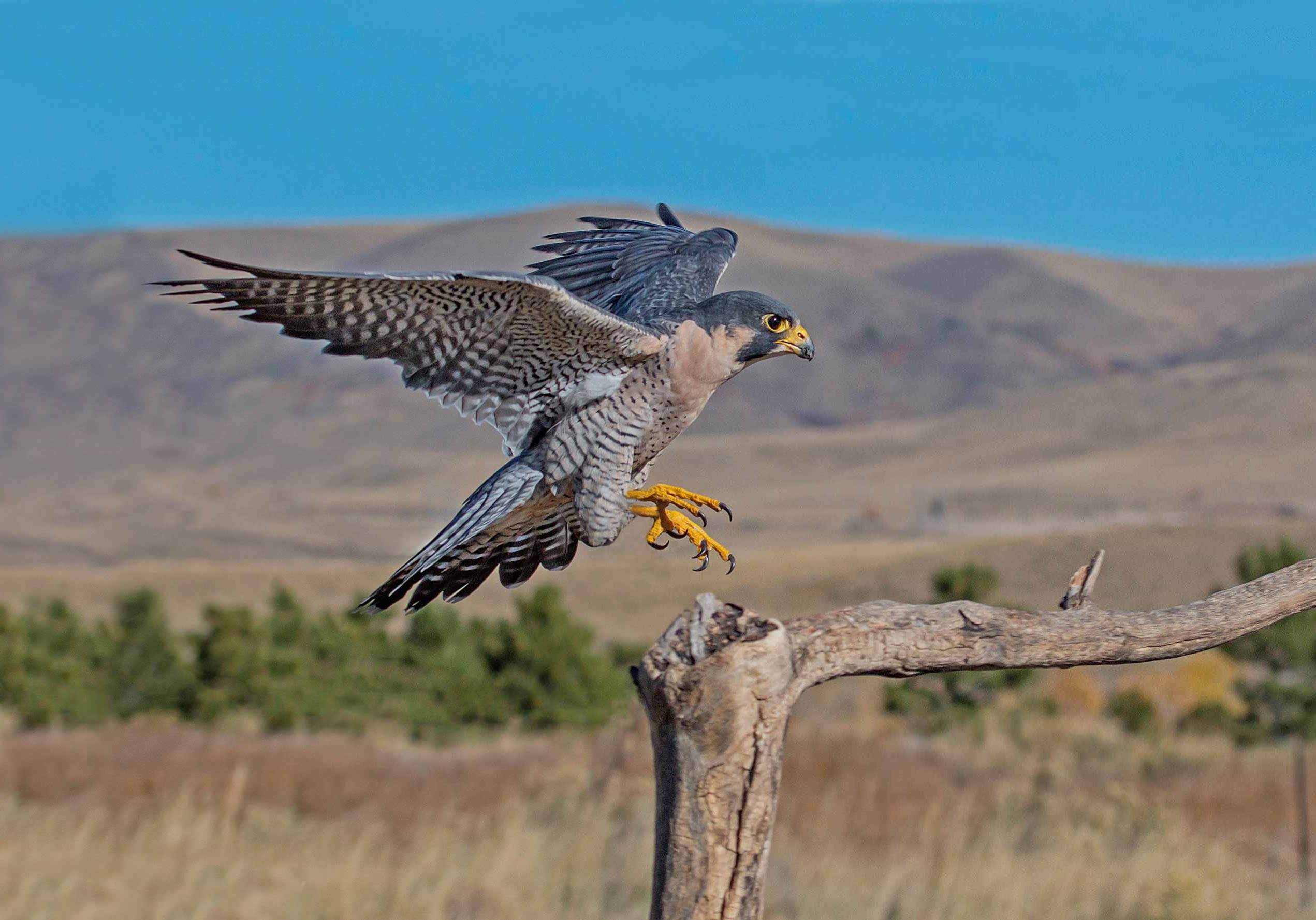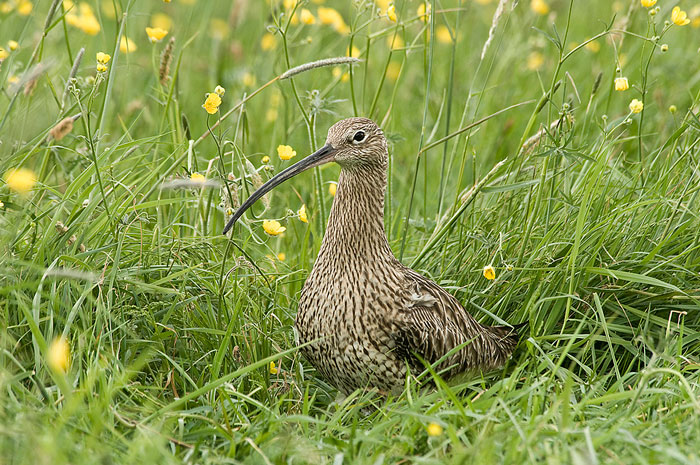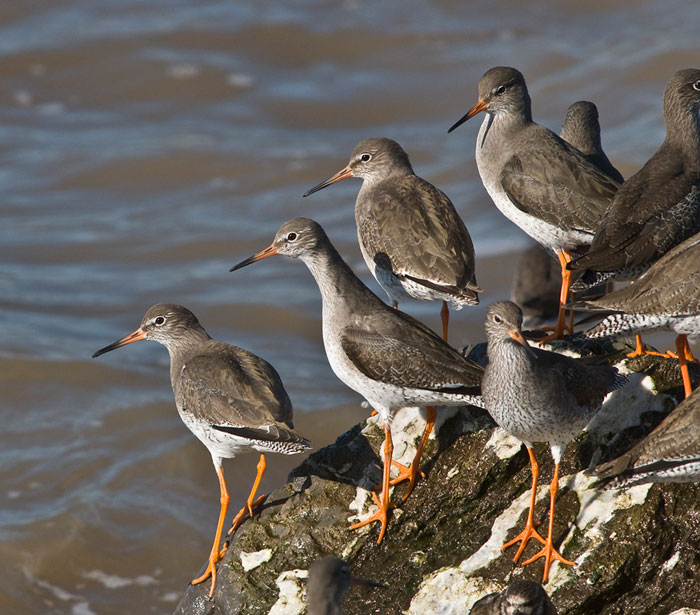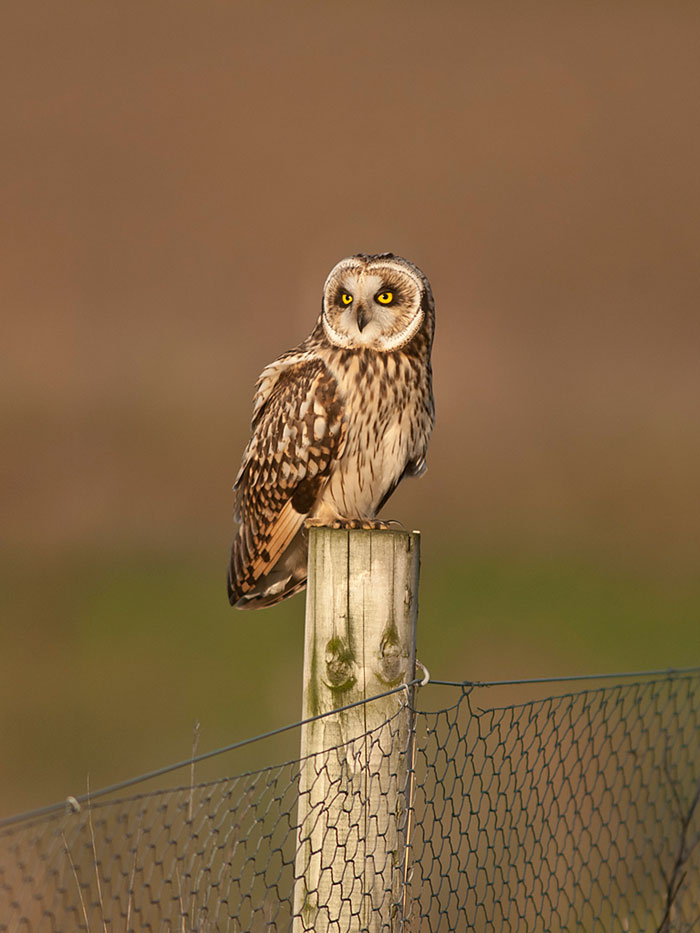
Birdwatching walks in Bowland
by Eric Beardsworth
The Forest of Bowland boasts Lancashire’s most beautifully dramatic landscapes, recognised by more than half of century as a designated Area of Outstanding Natural Beauty.
And among those landscapes lives a wealth of wildlife, there to be seen and enjoyed by those who are prepared to walk those moors, hills and valleys with their eyes open.
Countryside enthusiasts David Hindle and John Wilson co-authored a book, Birdwatching Walks in Bowland, which has now been updated for a third edition, detailing more than 30 easy country walks to guide novices and old hands alike through this treasure house of natural beauty. Royalties from the book will benefit the RSPB’s Bowland Project and Lancaster and District Birdwatching Society.
- Curlew
- Hen harrier
- Merlin
- Peregrine falcon
- Redshank
- Short Eared Owl
The authors point out that The Queen, who owns land in the upper Hodder Valley, is said to have a special affection for Bowland, with its five rivers (Ribble, Hodder, Wyre, Lune and Brock) and its hills ranging from the gentle Beacon Fell to the 1,839 feet summit of Ward’s Stone.
Bowland is described as a “nook of Lancashire that survived much of the industrialisation of Victorian England… very much a jewel of Northern England” in the book’s foreword by John Weld-Blundell, a Bowland resident and descendant of the Victorian naturalist John Weld, who chronicled so much of Bowland’s biodiversity long before that word was invented.
“The biodiversity of Bowland, both on the fells and lowland, is quite wonderful and far greater than just the most obvious visual – birds, mammals and man. We need also to look to their food sources; the trees and shrubs, the wildflowers and the grasses, the reptiles and amphibians, fish and molluscs, moths, butterflies and bats.
“All these species have been affected by our perceived need to grow more food for our everexpanding towns and cities. We cannot stand back and wait; we have to take decisive action to conserve what is left and even bring back that which is almost lost to our countryside.”
The phrase ‘almost lost’ could well apply to the endangered hen harrier, whose outline appears as the symbol of Bowland AONB on its logo.
Despite being legally protected for more than 60 years, the hen harrier – noted for the spectacular ‘skydance’ performed by the males in the breeding season – has suffered a decline to the point of extinction on Bowland, blamed on human interference. Some adult male birds have mysteriously disappeared, leading the females to desert the nest, and some seasons have seen no chicks reared at all.
The Hindle and Wilson book is almost an A to Z of Bowland’s birds – actually a B to Y from barn owls to yellow wagtails – with all kinds of raptors, waders, finches, thrushes and gulls in between.
The phrase ‘almost lost’ could well apply to the endangered hen harrier
Each bird is illustrated in colour photographs along with details of habitat, breeding, feeding and calls, and the walks on which they are most likely to be seen.

Available from Amazon
The walks themselves range from leisurely two-mile strolls to more challenging walks of 10 or 11 miles that require up to eight or nine hours. They take in not only picturesque countryside but also attractive villages, from the coast at Glasson Dock in the west, to the ‘centre of the kingdom’ Dunsop Bridge and Gisburn Forest into Yorkshire.
Visitors who follow the walks are urged to protect the countryside and also themselves, for beautiful Bowland can turn into dangerously inhospitable territory if the weather changes and catches them ill-prepared where there’s no mobile phone signal.
Birdwatching Walks in Bowland, by David Hindle and John Wilson, £9.99, Palatine Books, www.carnegiepublishing.com.










